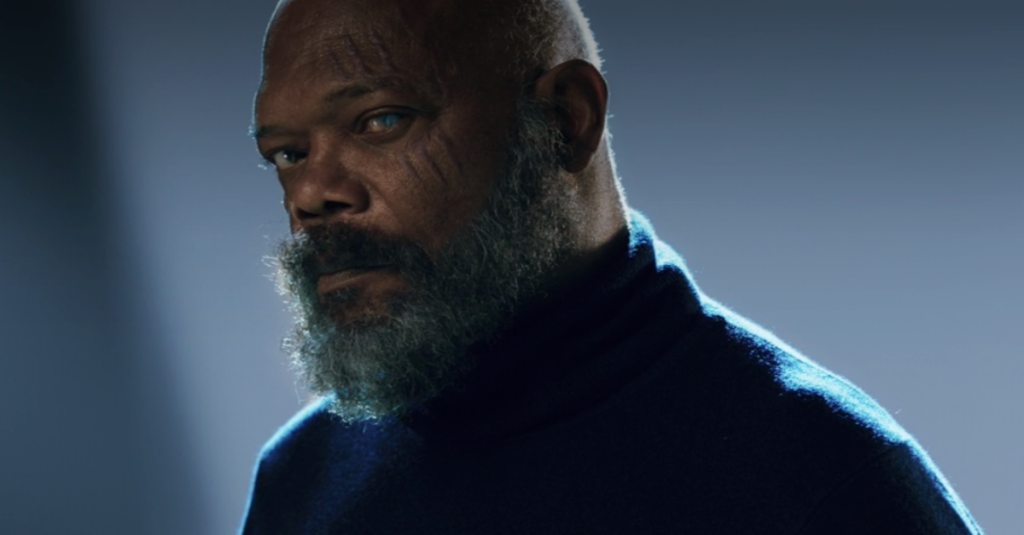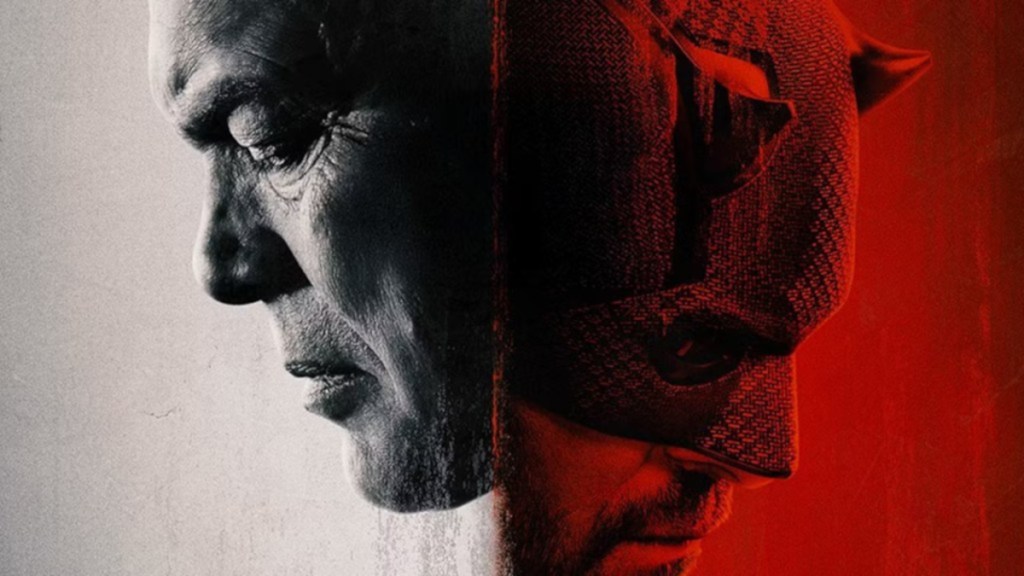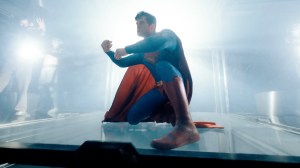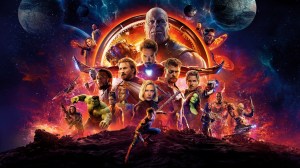After four years of Marvel Studios programming on Disney+, Daredevil: Born Again represents a significant milestone by embracing what should have been obvious from the start: the episodic structure that defines television as a medium. While Marvel’s streaming offerings have consistently delivered high production values and compelling characters, most have struggled to escape the “six-hour movie” approach that has plagued it from the start. By adopting an episode-by-episode storytelling method with distinct conflicts and resolutions, Daredevil: Born Again demonstrates how Marvel can create engaging television that maximizes the medium’s strengths rather than fighting against it, which is great for the future of the Marvel Cinematic Universe.
Videos by ComicBook.com
Marvel’s Disney+ shows were meant to seamlessly integrate with the MCU’s theatrical releases while giving secondary characters room to develop. The experiment began promisingly with WandaVision in January 2021, which initially presented itself as truly episodic television. Each chapter of WandaVision modeled a different era of sitcom history with distinct weekly conflicts — a dinner party gone wrong, a neighborhood talent show, and a magically accelerated pregnancy. These self-contained stories drove weekly fan theories and discussions while gradually unveiling the larger mystery of Westview. However, as the series approached its conclusion, this innovative structure shifted. The final episodes moved away from the sitcom framework, reverting to a more conventional MCU approach focused on setting up CGI battles and future projects.
Since WandaVision, most Marvel Disney+ shows have followed a pattern where approximately six 45-minute episodes tell what essentially feels like a single extended story rather than distinct episodic adventures. Even the best MCU shows of the Disney+ era, such as Loki, suffer from this structural issue, with episodes rarely containing distinct conflicts beyond advancing viewers toward each season finale. Secret Invasion perhaps best exemplifies this problem, as its conspiracy thriller premise would have worked perfectly as a film but felt directionless when extended without a proper episodic structure.

[RELATED: Daredevil: Born Again Fixes Marvel Fan’s Problem With Netflix Punisher]
The fundamental issue with the Disney+ approach to Marvel TV shows is a misunderstanding of what makes television distinctive. Traditional television thrives on episodic storytelling, in which each episode advances the larger narrative while containing its own beginning, middle, and end. Even highly serialized shows like Breaking Bad or The Sopranos created distinct episode-specific conflicts that give viewers satisfaction on a weekly basis while building toward season-long arcs. This structure allows television to develop characters gradually through varied scenarios, building relationships and themes through episodic conflicts. On the contrary, when shows function as extended movies, they sacrifice these strengths without gaining a film’s tight pacing and concentrated impact. The result is often a narrative that feels simultaneously rushed and padded, with important character moments compressed while certain plot developments are stretched beyond their natural length to fill the episode runtime.
More recently, Marvel has begun experimenting with formats that better embrace television’s episodic nature. Agatha All Along adopted a more traditional television approach with its “witch road trip” structure, allowing for distinct adventures in each episode while maintaining a season-long quest for magical power. In a September 2024 interview with Entertainment Weekly, Marvel Television head Brad Winderbaum acknowledged this shift, explaining Marvel is now “thinking about television really more like traditional television.”
Similarly, the animated Your Friendly Neighborhood Spider-Man embraced episodic storytelling, with each chapter exploring specific. However, these could be dismissed as exceptions rather than signals of a more significant shift. After all, Your Friendly Neighborhood is an animated series with lower stakes and production costs, while Agatha All Along is a side project with a smaller budget and expectations. Daredevil: Born Again is particularly important because it represents the first major, flagship live-action Marvel series to fully commit to television storytelling principles, applying this philosophy to one of Marvel’s most beloved properties.
How Daredevil: Born Again‘s Episodic Structure Benefits the Entire MCU

Daredevil: Born Again demonstrates the power of episodic television through its deliberately crafted structure. So far, each episode offers distinct storylines with clear beginnings, middles, and endings. Episode 2 focuses on Matt Murdock (Charlie Cox) defending Hector Ayala (Kamar de los Reyes) against police corruption, Episode 3 centers on the dramatic courtroom revelation of Hector’s vigilante identity, and Episode 4 shifts to Matt’s confrontation with Frank Castle (Jon Bernthal) over their differing approaches to justice. This approach creates genuine episode-to-episode anticipation by offering weekly resolution while still advancing the season’s larger themes about vigilantism, corruption, and personal redemption.
Episode 5 stands as perhaps the clearest example of Born Again‘s embrace of television’s potential. The bank heist storyline functions as a perfect “adventure of the week,” with Matt Murdock caught in a hostage situation that must be resolved within the hour. The episode delivers a complete narrative with its own stakes, conflicts, and resolution while still connecting to the larger season arc through Matt’s reluctance to embrace his vigilante persona. This self-contained structure allows viewers to enjoy the episode on its own merits — something rarely possible with previous Marvel Disney+ offerings — while maintaining investment in the overarching storyline.

[RELATED: Luke Cage Star Still Has Hopes for MCU Return (and Daredevil: Born Again Makes It Possible)]
Marvel Television boss Brad Winderbaum recently confirmed this shift toward televisual storytelling, telling ComicBook that Marvel is “making shows as shows that can exist as annual releases, more like television” and developing projects that “can sustain many seasons,” representing a significant evolution from the studio’s previous limited-series approach.
By allowing each episode its own identity and focus, Born Again demonstrates how Marvel can create sustainable series that invite weekly engagement rather than the binge-and-forget model that has dominated streaming. It also creates space for exploring characters from multiple angles, building deeper connections than possible in a film or film-like structure. With Daredevil: Born Again leading the way, Marvel appears to have finally learned to embrace television language, and that can only lead to stronger MCU stories moving forward.
New episodes of Daredevil: Born Again premiere on Disney+ every Tuesday.
What do you think of the episodic structure of Daredevil: Born Again? Join the discussion in the comments!









